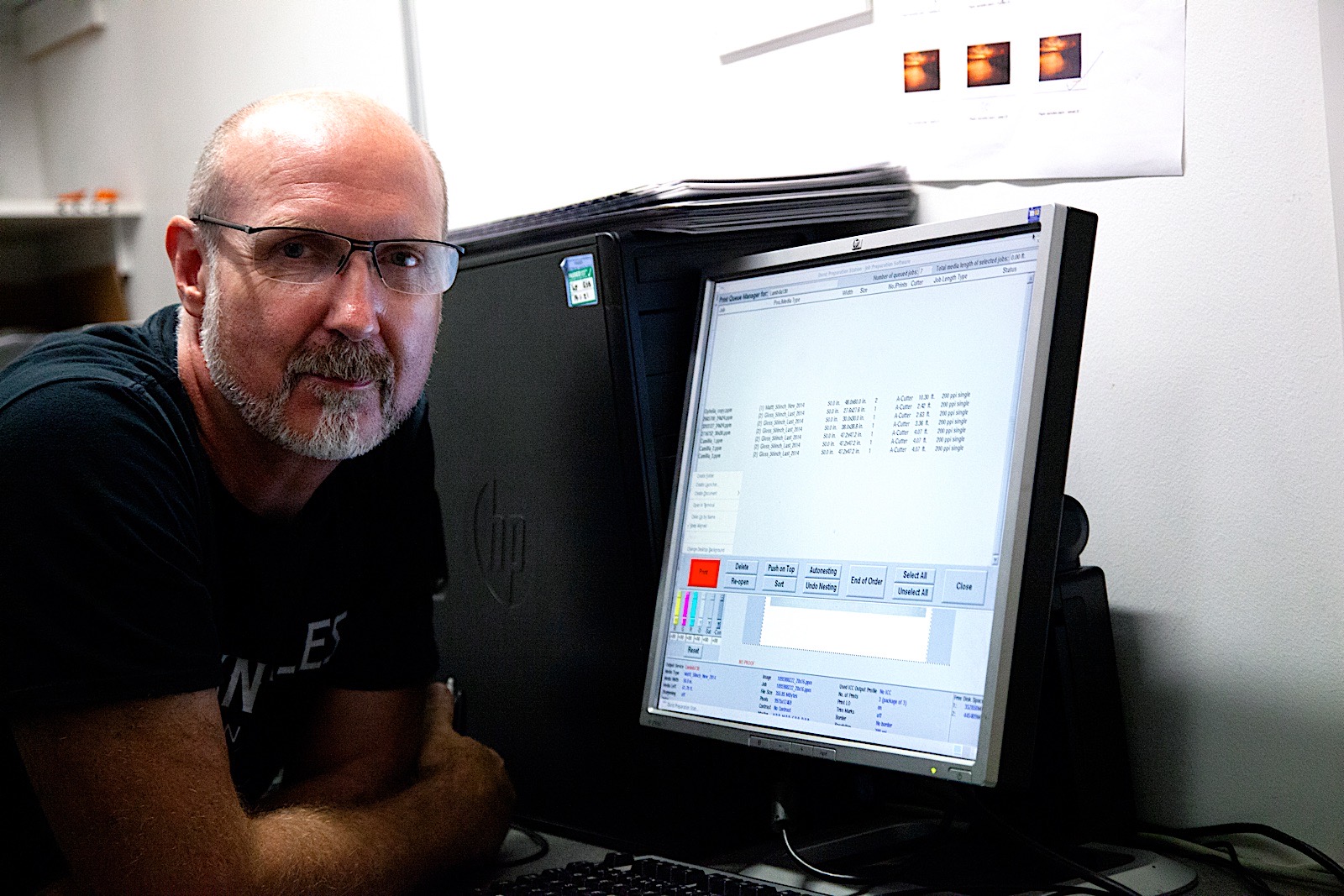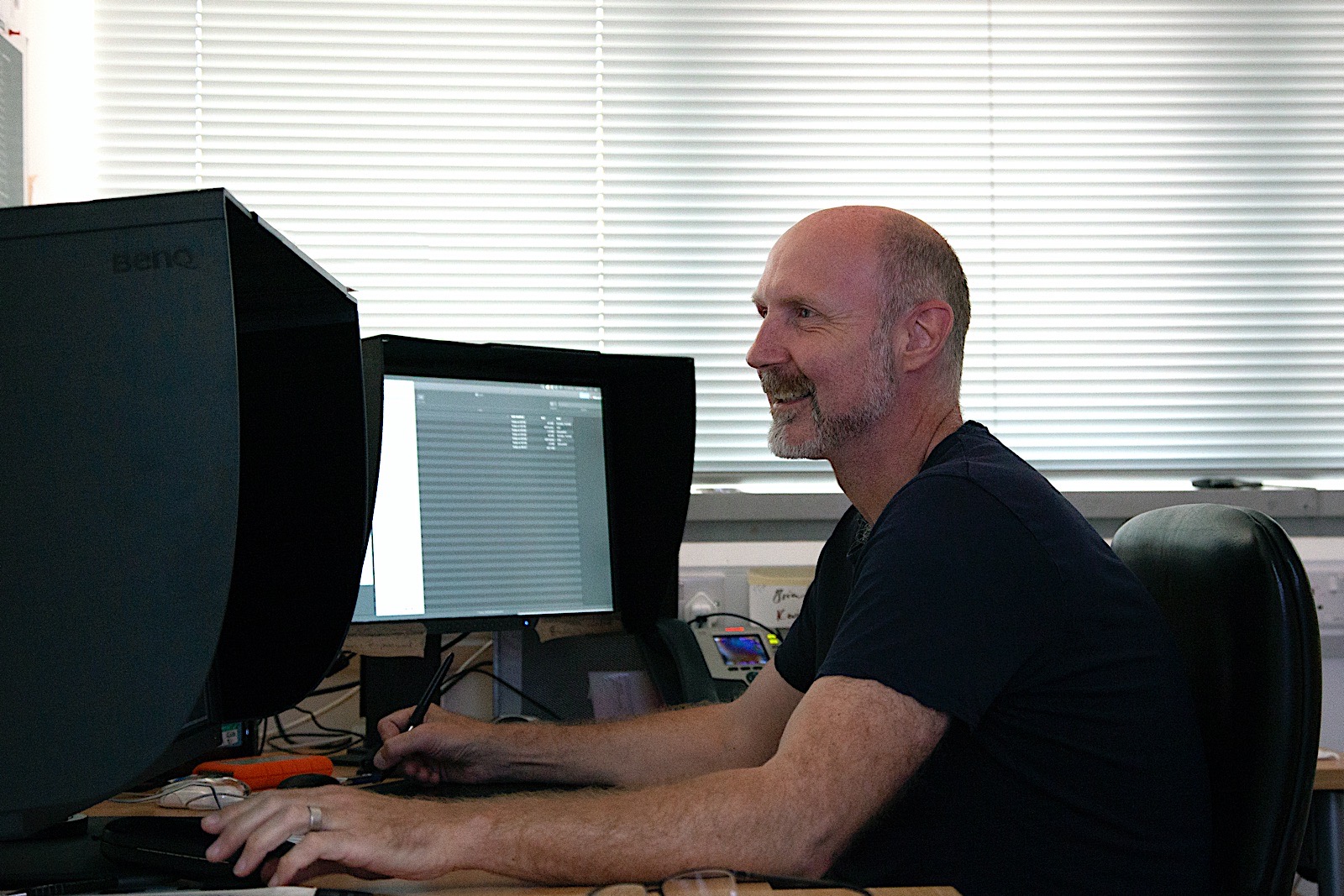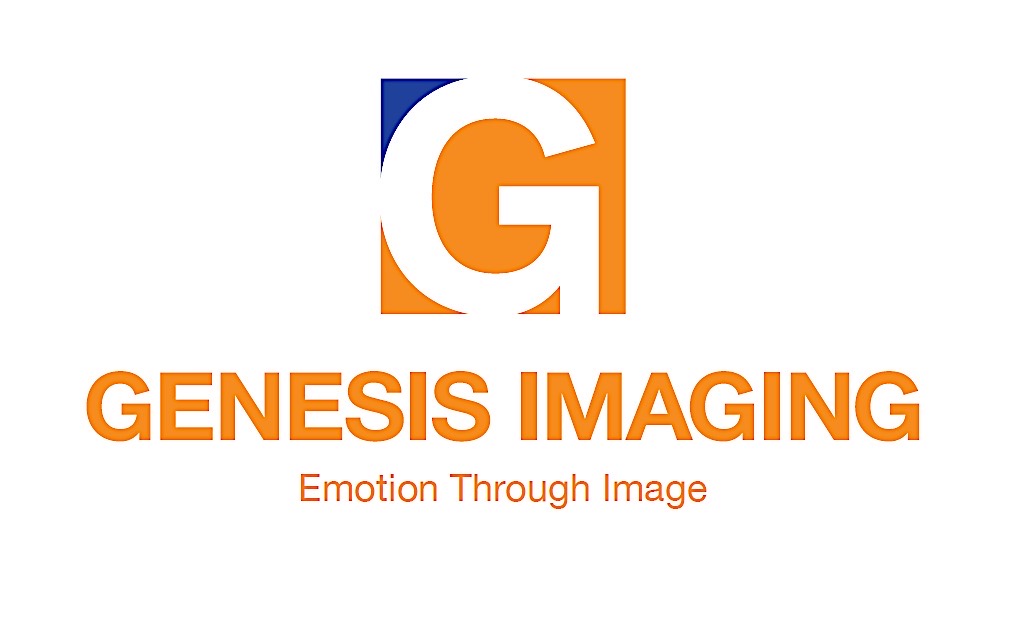Steve Butler
Hero Of The Lab

Every professional print lab has its own hero, this hero ensures the highest possib-le quality to be delivered to the customer. They are photo enthusiasts and experts in their field. In our opinion these heroes deserve a spotlight, therefore each month we will ask one of these heroes to tell their story.
This time we have interviewed Steve Butler, Print Director at Genesis Imaging https://genesisimaging.co.uk. Discussing future products or imaging development with Steve and the Genesis team is always inspirational, but most important, retrieving valuable and honest feedback. Steve is highly respected within the imaging print world, having years of experience, a passion for photography, staying innovative and a keen eye for good quality prints.
Who is Genesis Imaging?
Having been first established as Genesis Laboratory Ltd in 1997 by Ken Sethi and Howard Lee, Genesis has grown from its roots as a conventional laboratory to offer comprehensive in-house printing, mounting and framing services, alongside a range of new premium display graphics services. Driven by innovation, Genesis Imaging has remained at the forefront of photographic printing through its commitment to innovation and adaptation to change.
Who is Steve Butler?
Hello! I am the Print Director of Genesis Imaging and I am the person responsible for maintaining consistency and quality across our print services, on a range of media.
Could you please tell us about your professional background?
Sure! I’ve been printing for over thirty years. My first job was as a black and white printing technician in a small lab in Swindon. From there, I moved to the local newspaper which gave me the experience of working to tight deadlines and equipped me with the skills to do so.
I really loved large format printing, and a move to London threw me back into the darkroom, and later into digital. I was the Print Manager of a quite prominent lab on North End Road over 20 years ago, but my lab’s lack of interest in digital – and Genesis Imaging’s forward-thinking attitude – made me move on to a new position in Genesis, and I haven’t looked back. I was happy to work my way up again as a C-type printing technician, knowing this company had a bright future.
What has inspired you to enter into the photographic printing business?
I’ve loved photography for as long as I can remember. When I was just 9 years old I found an old Ilford Sportsman Auto RF in a jumble sale and I soon began printing with an old Durst M301 enlarger in a converted cupboard in my bedroom. I really liked the challenge of fumbling around with a darkroom bag, trying to get my film on the processing spiral and then later, during processing, seeing images appear before my eyes in the trays.
What is it that you are most passionate about?
Quite simply, my passion is centred on creating the best quality imagery possible – for myself, but more importantly for the client. I’ve just finished a project for a client who is based in Tel Aviv and as they were unable to approve the prints in person, I sent physical tests and also some video footage to show them the quality that we had achieved. It was great to document each stage and to share this with the client and, even better, they loved the finished results!
How do you think digitalisation has influenced the photographic printing business?
Working in darkrooms can be an isolating experience. The digitalisation of photographic printing has changed the working environment of printers from the darkroom – to an office, where we can work more collectively. Digitalisation has also allowed for much faster turnarounds then conventional methods would ever allow and for Genesis, has meant that services such as Direct to Media printing can be introduced – utilising the benefits of UV ink (we can produce prints that are weather-proof!) and new flexibility in printing using a wide range of substrates. Giclée Fine Art printing, ChromaLuxe Fine Art printing and our Creative Retouching services also allow our clients greater flexibility than ever before.
What do you like most about Fujifilm original photo papers?
I’ve always loved the clarity, colour saturation and stability of Fuji Crystal Archive photographic media.
Do you have any favourite types of Fujifilm photo papers?
I absolutely love the Fuji Crystal Archive DPII Matt because it has more of a satin-feel, which places it perfectly between a typical matt and a gloss paper.
How do you see the future of the professional printing business?
I believe there will always be a call for professionally produced images. The quality, flexibility of processes, and the size that can be reproduced simply cannot be matched by small home inkjet printers, or high street labs.
What advice would you give to upcoming photographers?
- Network, connect, and get involved in the photography community.
- Find your Niche. Your personality is portrayed through your photos, and your niche is your special area of interest and the way you see the world.
- If you act confident, you will be seen as confident. This perceived confidence will boost your actual confidence, which in turn, will allow your skill to shine through. Bottom line: if you act confident, then you will become confident. Don’t be arrogant though!
- Speak to your photographic lab about the benefits of different printing and finishing processes, and together find the perfect solution. Working collaboratively often gets the best results!


